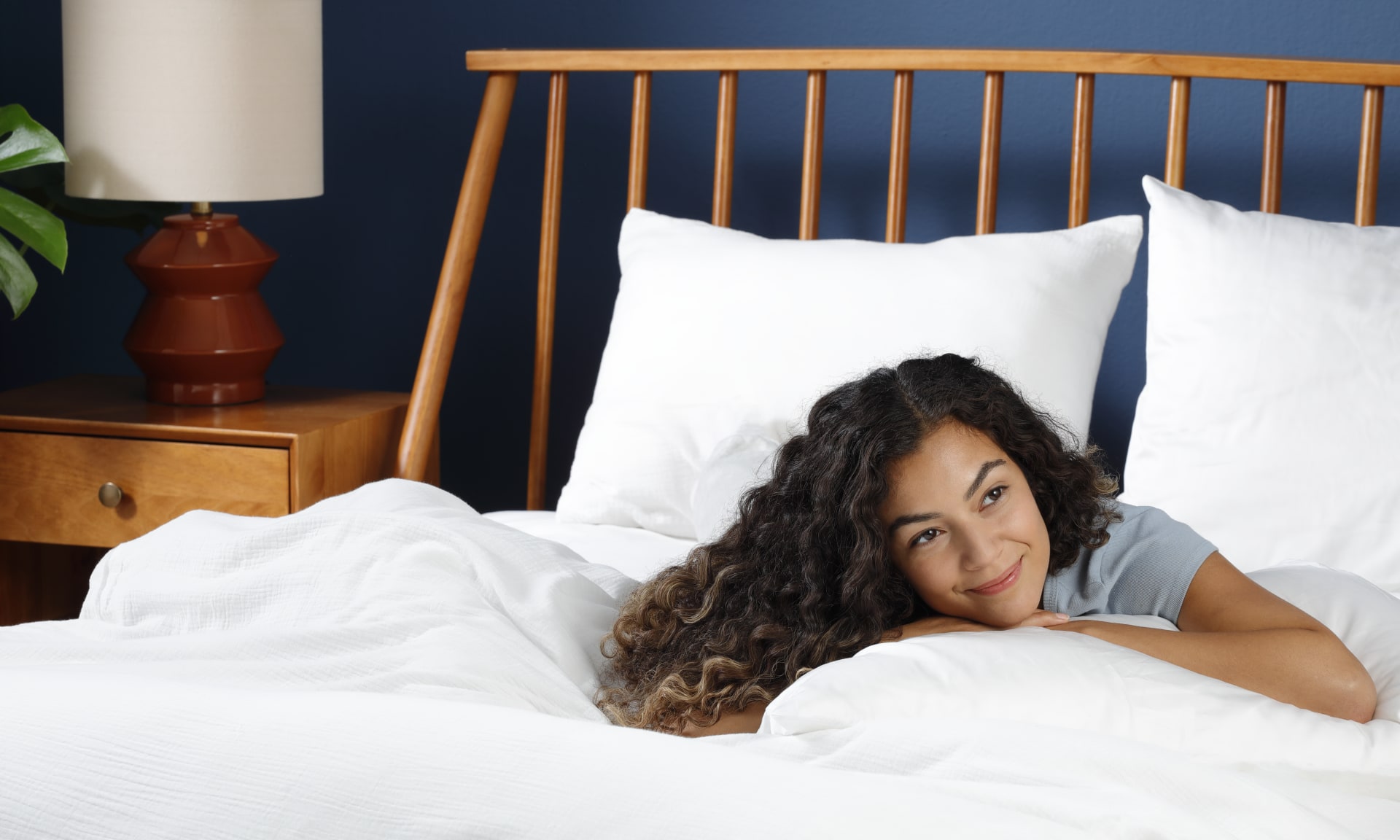Wake Up Ready: Back to School Sleep Schedule Guide
As summer fades and the school year approaches, families often face the challenge of resetting their sleep schedules. Getting enough quality rest is key to children’s mood, learning, and overall well-being. Here’s your expert guide to making the sleep transition smooth for everyone, plus practical fixes for the most common challenges.
How Much Sleep Do Kids Really Need?
Not all children require the same amount of sleep. Here’s what leading pediatric sleep experts recommend for different age groups:
- Toddlers ages 1–2 years should get 11–14 hours of sleep within 24 hours, counting naps.
- Preschoolers ages 3–5 years need about 10–13 hours of total sleep per day, including naps.
- Kids ages 6–12 years do best with 9–12 hours of sleep each night.
- Teenagers ages 13–18 years should aim for 8–10 hours of sleep every night.
Tip: Teens and older kids often need more sleep than they think—and most are not getting enough, especially during the school year.

Common Issues That Disrupt Sleep—And Solutions
Even with a great routine, kids sometimes struggle to get quality rest. Here are the top troublemakers and what to do:
- Screens and Technology: Blue light from devices delays sleep. Solution: All screens off at least an hour before bed and remove them from the bedroom overnight.
- Irregular Schedules: Big swings between weekend and weekday schedules make it tough to adjust. Try to keep wake and sleep times within an hour of each other, even on weekends.
- Anxiety or an "Overly Active Mind": School-related worries are common. Use calm story time, deep breathing, or gentle yoga to soothe nerves. A consistent routine also lessens bedtime resistance.
- Diet and Caffeine: Sugary foods, caffeine (sodas, chocolate, energy drinks), and late heavy meals disrupt sleep. Solution: Focus on balanced meals, with a light snack before bed if needed.
- Medical Conditions: Allergies, sleep apnea, or restless legs can cause frequent night waking. If you see ongoing sleep problems, talk to your child’s doctor.

A Sleep Schedule That Works for Everyone
A consistent, gradual routine is key to getting everyone back on track. Here’s a solid schedule you can start now:
- 2 Weeks Before School Starts: Shift bedtimes and wake times by 15–30 minutes earlier every few days. This gentle progression avoids drama and helps biological clocks adjust.
- Set Regular Wake-Up and Bedtimes: Decide wake-up times based on when you need to leave for school, then count backward for bedtime.
- Evenings:
- Wind down with relaxing activities: reading, bath, quiet chat, or soft music.
- Turn off all screens 1–2 hours before bedtime to avoid blue light interference.
- Keep meal and snack times consistent; avoid large meals and caffeine (even chocolate!) close to bedtime.
- Limit stimulating activities and homework in the hour before bed.
- Mornings:
- Expose kids to natural sunlight as soon as possible after they wake up.
- Aim for a consistent wake-up time—even on weekends.
- Front-load hydration: a glass of water right away helps shake off sleep inertia.
- Serve a protein-forward breakfast to stabilize energy and mood.
- Keep screens off until after breakfast to keep the morning moving.
- Build a predictable “wake-up routine” sequence: bathroom, get dressed, make bed, breakfast, teeth, shoes/backpack.

Smart Sleep Tools and Products to Make Bedtime Easier
- White Noise Machines: Can block distracting sounds for light sleepers.
- Blackout Curtains: Keep the bedroom dark and help set the ‘night’ mood, especially in summer or early fall.
- Weighted Blankets: For kids over age 3, can help some children relax—check with your doctor first.
- Nightlights: Choose gentle, dim amber/red lights for comfort without disrupting the natural sleep hormone, melatonin.
- Mattresses: It might be that your kid's mattress is part of the problem! Many kids end up sleeping on mattresses that aren't right for their sleep style, resulting in poorer sleep.

Thinking Outside the Box
- Family Sleep Challenges: Turn bedtime into a team sport—reward consistent sleep schedules with a weekly fun breakfast or a family game.
- Mindfulness Apps: Try kid-friendly meditation or sleep stories for children with anxiety.
- Track Progress: Use a sticker chart or a family calendar to celebrate small wins in bedtime consistency.
With these evidence-based strategies, your whole family can enjoy a smoother, happier transition to a new school year—rested and ready for success!